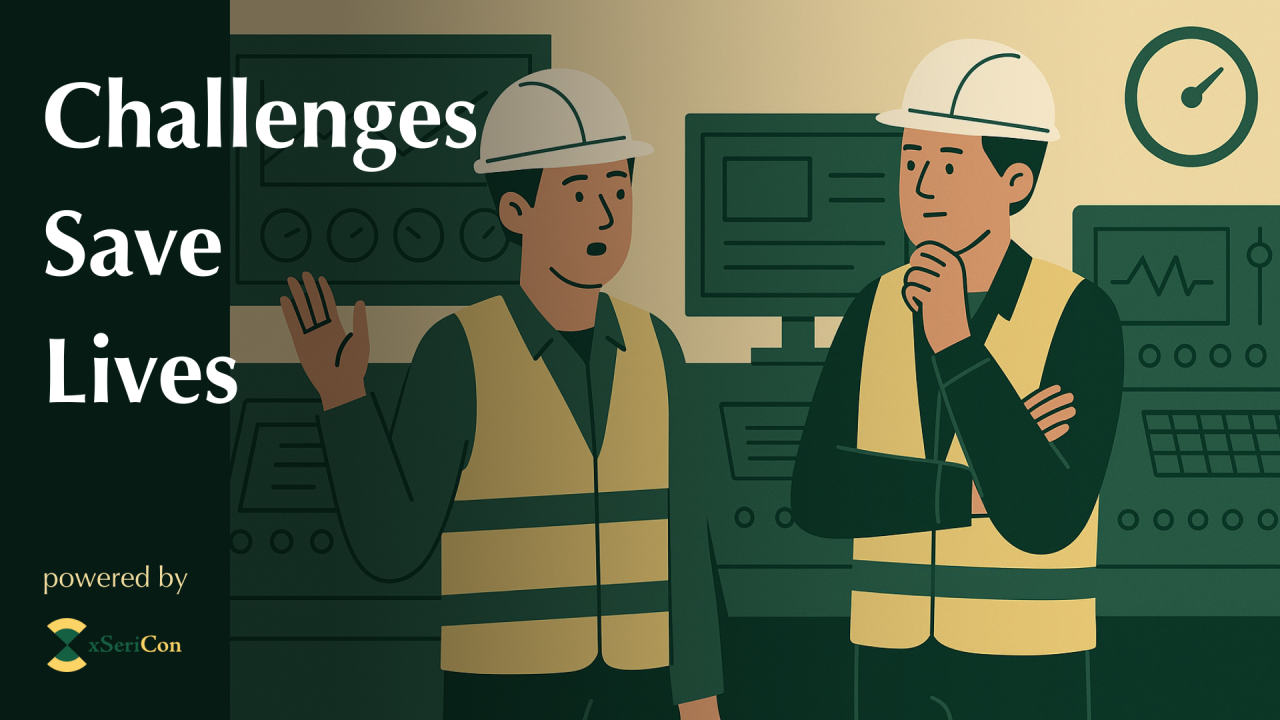“I thought everything would be okay.”
“I thought they knew what they were doing.”
“I thought they understood the hazards.”
These aren’t the words of reckless individuals. In fact, they often come from experienced professionals—engineers, operators, or managers—who simply didn’t speak up. Not out of incompetence or overconfidence, but out of fear: fear of causing delays, increasing costs, or stepping on someone’s toes. These are often reasons why we don’t speak up when things don’t seem right.
But in high-risk industries, silence can be deadly.
Human Error Is Inevitable
Even the best among us, under pressure, make hasty decisions and oversights that could trigger a chain of events leading to an accident. Nobody is immune. And while we can engineer our systems to be safer, we can’t engineer human error out completely.
That’s why process safety isn’t just about procedures and equipment—it’s also about culture. A culture that encourages questions, challenges, and speaking up when something feels wrong.
Validation and Vigilance: Our First Line of Defense
In striving for better safety, our best tools are the ones that double-check everything:
• ✅ Validations
• ✅ Audits
• ✅ Pre-Startup Safety Reviews (PSSR)
• ✅ Safety Cases
These are some ways we can ensure nothing is missed. But even with these formal mechanisms in place, the most accessible and powerful safety tool remains: the challenge – Our next best tool. Test assumptions, check for understanding, and ask for clarification. Never assume that everything will be all right.
The Power of the Challenge – Airline Pilots
A challenge isn’t a confrontation. It’s a safeguard—a way to stop the chain reaction of assumptions, miscommunications, and unspoken concerns that can lead to accidents.
Take the aviation industry as an example. Some airlines train their pilots and co-pilots to follow a graduated standard procedure for challenging each other when they sense a problem:
The first challenge – 1. “Captain, I’m concerned about…”
The second challenge – 2. “Captain, I’m uncomfortable with…”
The third challenge – 3. “Captain, I believe the situation is unsafe.”
After that, if there’s no response, the co-pilot is instructed to take over control to address the hazard. [1]
This protocol is designed specifically to overcome the fear of challenging a senior colleague—and it saves lives.
📚 [M. Gladwell, Outliers: The Story of Success, 2008, Little, Brown, p197.]
In Our Industry: Mistakes Still Happen
Our industry has become much safer over the last 50 years. Yet, accidents are still happening, nearly always traceable to a series of mistakes, misunderstandings, and false assumptions.
Recognizing this as the road to disaster is the first step on the path to success in our quest to get everyone home safe, every day.
Speak Up. Challenge Assumptions. Save Lives.
At xSeriCon, we believe that safety is everyone’s responsibility. Whether you’re on the ground or in a boardroom, asking the hard questions and testing assumptions is a vital part of a strong safety culture.
Let’s empower each other to speak up—not just when something goes wrong, but before it does.
Because the courage to challenge could be the very thing that brings everyone home safe.
